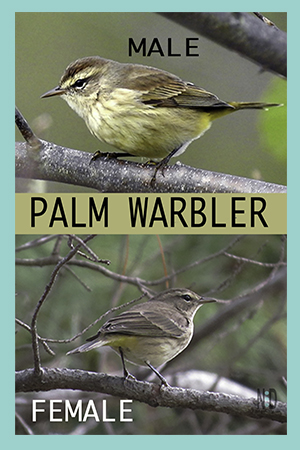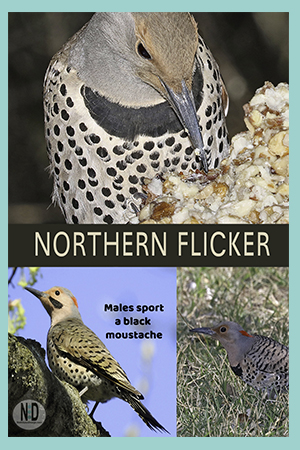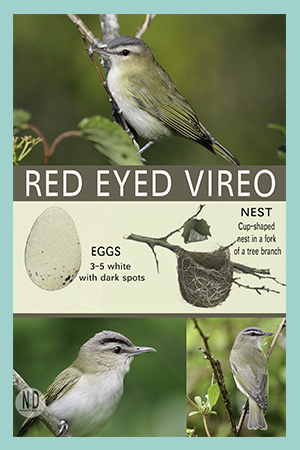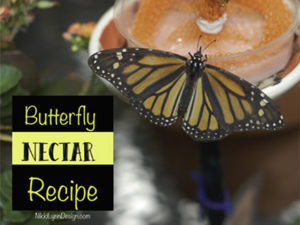The Scarlet Tanager is probably is our most brilliant plumaged songbirds and a common summer resident throughout the Midwest, It arrives late in April or early in May and stays with us well into September.
At all times the bird appears to prefer oak woods in the neighborhood of swamps, but during migration, it may be found in woodlands.
General Info For Scarlet Tanager
| Name:: | Scarlet Tanager |
| Scientific Name:: | Piranga olivacea |
| Family: | Cardinalidae |
| Size: | 6.5″ – 7″ |
| Habitat: | Deciduous forests, Shade trees in suburban areas, Parks, Cemeteries |
| Diet: | Insects, berries, fruit, seed |
The bird is found in the Eastern United States, west to the Plains, and north to southern Ontario and Manitoba. In winter the West Indies, eastern Mexico, Central America, and northern South America.
Male & Male Tanager

Male
The male scarlet tanager is hard to miss if you happen to see him sitting in a tree.

Summer: Entire head and body, above and below, bright blood red, the feathers whitish beneath the surface; wings and tail clear deep black, without light markings of any- kind; bill greenish-black; iris brown.
Autumn: The same bird has olive-green or greenish-yellow in place of the red, but keeps the black wings and tail.
Female
The female is always olive-green above and yellowish below, the wings and tail grayish.

Summer: Upper parts plain olive- green; underparts greenish-yellow, brightest on the throat and under tail-coverts, duller on breast and sides; wings and tail plain dark gray or dusky, most of the feathers shaded on the exposed edges with olive-green; bill greenish or dusky; iris brown.
Autumn: Essentially the same in fall as in summer, and the young in autumn resemble the adult female, but just after leaving the nest, they are streaked with dusky on the underparts.
Eating Habits
Scarlet Tanager birds combine the food habits of flycatcher and finch, for it eats immense quantities of insects, many of which are captured on the wing, while it also eats seeds freely and is very fond of wild berries and small fruits, though we have never heard any complaint of injury to cultivated fruit. Most of its food is obtained from the trees, and it is rarely seen on the ground except when getting nesting material.
| Bees | Chokeberries |
| Ants | Plant & Leafhoppers |
| Spittlebugs | Butterflies |
| Beetles | Grasshoppers |
| Blackberries | Snails |
| Mulberries | Damselflies |
| Wild Strawberries | Serviceberries |
At The Feeder
During the spring migration, the bird will stop off at platform feeders for mealworms, halved oranges, and raisins.
Nesting Info
| Habitat: | Oakwoods in the neighborhood of swamps, pines & hemlock trees |
| Nest Shape | Cup-shaped |
| Eggs: | 3-5 blue-green spotted with brown and purple |
| Incubation: | 13-14 days |
| Fledging: | 9-11 days |
Nest
The nest is rather loosely constructed of twigs, rootlets, and similar fibrous materials, and is usually placed on the horizontal branch of a forest tree, often placed in oak, pines, and hemlock. The nest is at some little distance from the trunk, but ordinarily less than twenty feet from the ground. Occasionally it is placed close against the trunk, and more rarely still in the upright fork of a small tree.
Eggs
The eggs are three to five, blue-green spotted with brown and purple, and average .94 by .65 inches. They are most often found during the first two weeks of June. A second brood is reared occasionally, since young just able to fly are frequently seen late in July or early in August, and occasional males, still in their scarlet plumage, are found singing until the very last of August.
The Young
As soon as the young are able to care for themselves the male molts his red plumage and assumes very nearly the dress of the female and in this plumage he moves southward, molting again during the late winter and early spring, and returning to us in the familiar red and black plumage.
Additional Posts


























